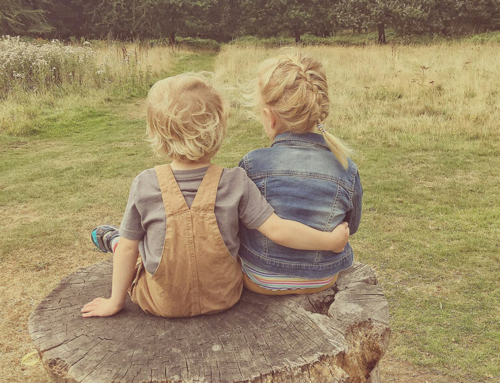“You recognise a place by the air”
Matteo, aged 5 years
From Dialogues with places,
The Hundred Languages of Children

Children have an innate connection with the natural environment and use all of their senses to connect with it in unique ways: ways that often only they can appreciate and see.
If you’re reading this, you’re most likely an adult. When we hit adulthood, we often forget how to just ‘be’. Unlike us, children have an abundance of skill and experience in this area. They find pleasures in the smallest and simplest of things and have the ability to develop meaningful relationships with space, bringing an air of purity and innocence with them.
When you think back to your childhood, what places do you remember the most? Were they indoors or outdoors? Do you remember how you felt? Who was with you? I vividly remember spending time in a little copse at the bottom of our street; I used to sit there for what seemed like hours building dens, making potions and perfumes. Sometimes on my own and sometimes with friends, but always feeling a connection that I know I can only find when I’m in nature. This connection has, luckily for me, continued into adulthood and I know I’m at my happiest when I’m in fresh air and absorbing nature.
When you observe children in nature, they are almost always completely engrossed and engaged in their own world. Their ‘secret’ places become special to them, they develop their own ways of communicating and they become part of an imagined world that only they are connected to. Observing children in nature play gives us a powerful insight into the high, and often intense, levels of curiosity, wonder and engagement that are permeating from these little people.
 Let’s go back to those memories of childhood we touched on; I would hazard a guess that the majority of memories you drifted back to were of the outdoors, you were mostly on you own, perhaps getting up to mischief of some sort. I would (probably rightly) assume you were not overlooked by an adult or were not remembering a time an adult told you how or what to do. Reminiscing on our childhood memories reminds us that these spaces and places children create in their natural environment hold enduring memories for them that can have a powerful influence on later life.
Let’s go back to those memories of childhood we touched on; I would hazard a guess that the majority of memories you drifted back to were of the outdoors, you were mostly on you own, perhaps getting up to mischief of some sort. I would (probably rightly) assume you were not overlooked by an adult or were not remembering a time an adult told you how or what to do. Reminiscing on our childhood memories reminds us that these spaces and places children create in their natural environment hold enduring memories for them that can have a powerful influence on later life.
Children connect physically, mentally and spiritually with their environment, especially in nature. They become the environments they are nurtured in. Giving children autonomy and agency over the design and use of their spaces allows them the freedom to develop it in their own way and build a deep and long term connection with it. It becomes theirs.
If we take the time to look a little closer, stand back and observe what children are doing in their spaces, it opens up a whole world of curiosities and can lead us into meaningful ways we can connect learning and extend their critical thinking skills. Children are social and cultural actors and their natural environments should demonstrate this by affording them the freedom to create, design or invent physical or symbolic places that are purely their own.
If you are interested in making Little Nomads YOUR child’s place, visit our website and Facebook page to find out about our programs or email us [email protected].


